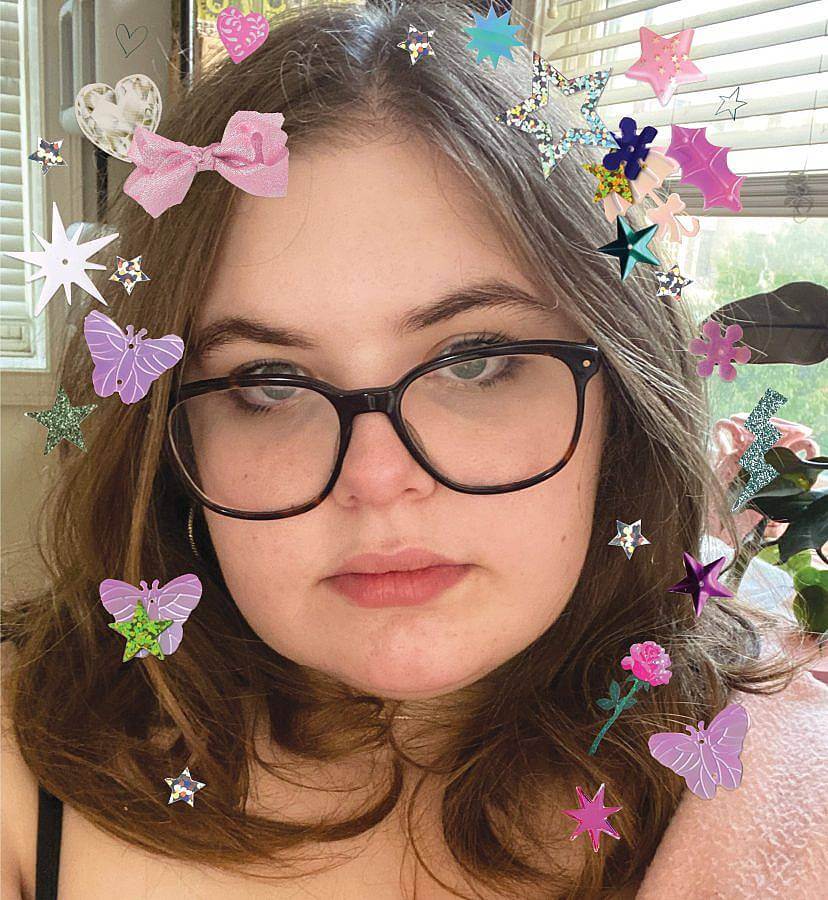Tell us a little bit about yourself and what you do.
My name is Claire Thompson. I’m a multi-disciplinary artist, but nowadays focus mostly in painting and printmaking, particularly risograph printing. I co-operate a risograph press called Grotesk Press where I (mostly) just print and publish my own zines and artist books.
How would you describe your practice?
A lot of my work revolves around particular public trainwrecks: celebrities who have been disgraced in the public eye. I am interested in this sort of obsessive dissection of them and the ways in which narratives around them and images of them have proliferated popular consciousness. I make paintings of the upclose face of Lindsay Lohan weeping in court based off of paparazzi photos. I write zines about the ghost of Anna Nicole Smith. I am interested in these figures as icons and symbols, and I’m also interested in idol worship, in the sense that these women become larger than life and their faces, names, and stories stand for something bigger, something others can ascribe and project their own pain, distress, and hatred onto. Many of my paintings also pair text with the images that are fragments or full sentences that allude to god or heaven or some other stand-in for eternity and suffering. I imagine all of my work is coming from a narrator who is not me (though she may be someone an awful lot like me) who looks at someone like Britney Spears or even Trisha Paytas and sees herself in them. I imagine that this disembodied narrator sees the pain and suffering of these women and imagines it to be much like her own pain, angst, and self-torture. This is the line of thinking from which a lot of my work comes from.
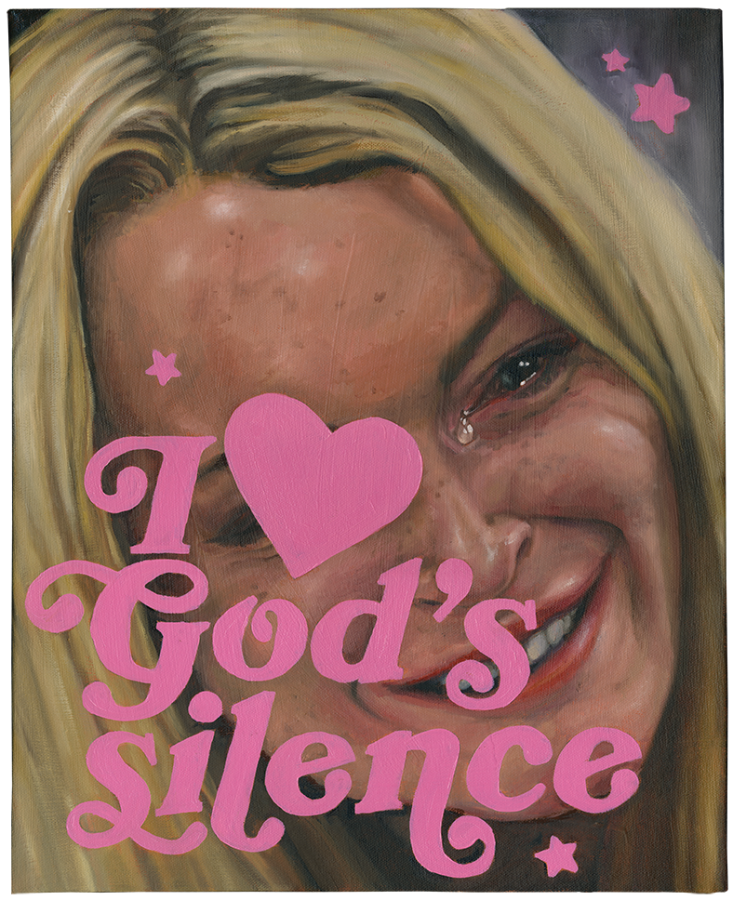
What/who is influencing your work right now?
God. Heaven. Women crying. Hearts. Stars. Sparkles. True love.
What are the overarching motifs in your work?
In the same way I am obsessed with infamous women, I am obsessed with the idea of “god.” I grew up in a very secular household, but I also grew up in the bible belt. I am, and have been my whole life, surrounded by God and the blood of Jesus and eternal damnation and HELL IS REAL and all that, and I’ve always been so fascinated by it. I think due to my non-religious upbringing, I have the special privilege of seeing radical, evangelical Christian sentiments from a more neutral perspective. And when I am thinking about all of these celebrities, who are almost like modern-day martyrs for their own fame, I can’t help but also imagine my disembodied narrator being affected by the crucifixion of Jesus in the same way she was affected by Britney Spears shaving her head. But even more broader than just Christian ideas, I am fascinated in general by occult ideas, by magic, by ghosts, and by personal mythology. I try to ascribe all of these things especially in my writing, which turns into my zines. I mythologize ideas about famous blondes, spinning narratives based off of rumors: Britney Spears shaving her head over the grief of Anna Nicole Smith’s death, Jayne Mansfield’s decapitated head flying through the Louisiana night like a golden star, famous Blondes all dying under tragic circumstances due to a nefarious fame-curse. These are the kinds of stories that were already embellishments (or straight fabrications) of the truth that I took even further, expanding the story, continuing the myth. I’m kind of interested in the people’s history of tragic celebrity women.
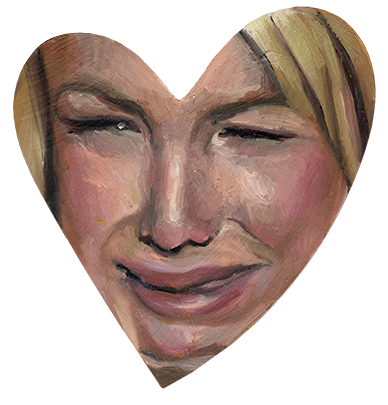
Much of your work is centered around 21st century pop-culture icons. What draws you most to these figures?
I have been speaking extensively on my disembodied narrator, but like I said, she’s an awful lot like me. I think I am one of many people who are obsessed with the drama of tabloid gossip, but also feel their pain. I have been defending “LEAVE BRITNEY ALONE” since childhood. When you yourself are like a deeply deranged woman, it’s so easy to become obsessed with the images of other people’s emotional strife, in particular famous women weeping in front of paparazzi cameras.
As both an artist and consumer of pop-culture, how do you consider/frame your engagement with these idols?
I will not deny that I may be part of the problem. I am a consumer of celebrity gossip as much as the next person, actually probably moreso. I think a lot of people see my work as a critique of the consumption of images of women’s pain, and while my work is not uncritical of these things, I too am disseminating these images and stories. In reality, my work is not meant to be about any specific people, but more about what they represent. I honestly hope not a single person I make a painting of ever sees it (though that would be thrilling). The closest thing to that ever happening is I did write a (highly controversial) zine about infamous Youtuber Amberlynn Reid that I sent a copy of to her PO Box. If she ever read it I have no idea.
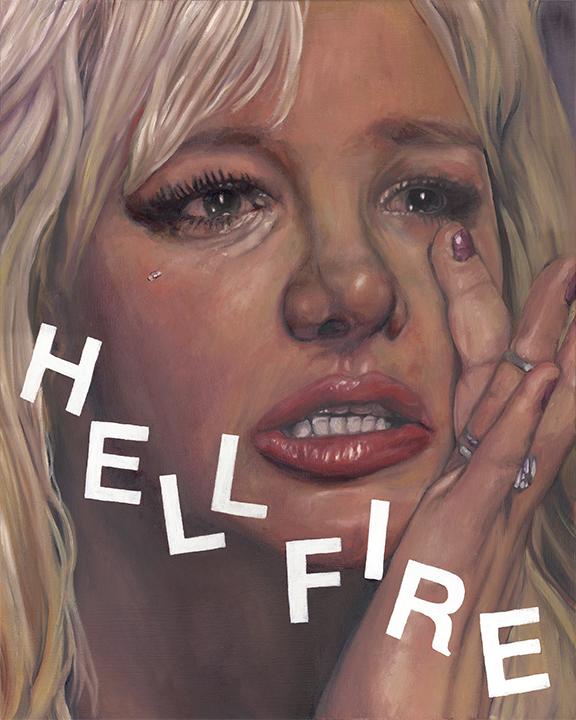
The use of text is a prominent component in many of your paintings. How do you choose what phrases/language to use?
I have several running lists of words/phrases that I think would be good for paintings that I frequently add to. If I read something or hear something that I think I could adapt well to a painting, I jot it down in a notebook or in the Notes app on my phone. If something just pops into my head, it also goes on the list. All of the text in my work is original (or as original as one- and two-word phrases can be), but a lot of it references other things, or are re-working things I’ve heard before. And when I make a painting, a lot of times I’ll choose from my reserves of reference material, then choose text to go with it out of my infinitely-long lists.
Speaking of text, you keep an active book diary on your Instagram–what have you been reading recently? Any recommendations you’d like to share?
I am so glad you asked about this. I’ve become a pretty active reader the last couple years, and I have an insatiable need to express my opinions on everything I read, so I’m so happy to talk about this. So far in 2024, I’ve already read some really great stuff. Recently, I read Mona Awad’s All’s Well which is about a theater professor who struggles with unbearable chronic pain and is directing a production of Shakespeare’s All’s Well That Ends Well, and strange/magical things ensue. Literally incredible and magical and unbelievable in every way. Highly recommend it. I also have to shout out some other recent faves: Motherthing by Ainslie Hogarth, Milk Fed by Melissa Broder, and A Touch of Jen by Beth Morgan. Attentive readers will notice all of these books are about off-kilter women and their intense obsessions.
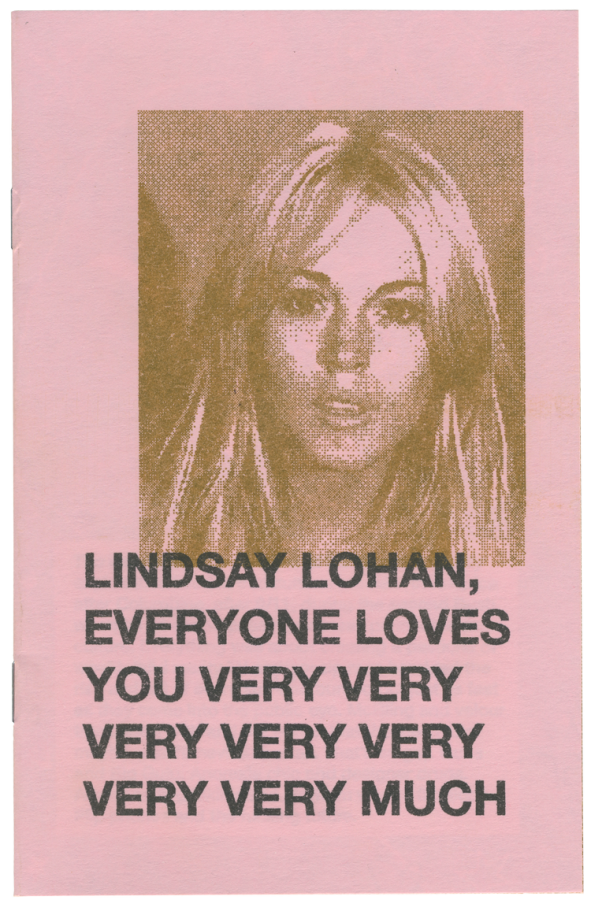
You make up one half of Grotesk Press, a risograph print press that publishes the collaborative zine, Rival. What have you learned about yourself and practice through working collaboratively?
Working collaboratively is so hard for me. Grotesk Press and Rival (the collaborative zine we publish triannually) are definitely group efforts, but I often struggle to not be a control freak. I actually learned most of my collaborative work lessons not through Grotesk Press, but through other artistic pursuits. I recently did art direction for a theater production for the first time in my life. It was for this incredible play called I Wanttt a Unicorn Frappe!!! by Catherine Weingarten, and produced by a theater company called Cypress Productions, who I have worked with for years as their graphic designer. But this was my first time stepping into a more active and theater-centric role with one of their productions. So I got to design sets and props, as well as build those sets and props. So I was totally having the time of my life with that. But with theater, of course, collaboration is a huge part of it. I may be the art director, but there’s a producer, a director, a technical director, a prop master, a stage manager, a lighting designer, a costume designer, and an entire cast of actors who are all adding their own perspectives to a single piece of source material. I felt like the months spent working on that show taught me a lot about the value of letting go on a project a little bit. Like I was STRESSED for much of this production because I was so caught up in wanting to control elements of the show that were not in my domain. But like once we actually did the show, it was almost heartwarming to see this incredible thing come together that was a mixture of input from every single person who worked on it. I think when it comes to making collaborative visual artwork, similar principles are applicable. On the most recent edition of Rival that came out in February of this year, I had my junior guest editor (aka frequent collaborator and boyfriend lol), Robby V (@HeavyOnYourHead), design a lot of spreads for me. He’s an extremely skilled artist and designer (and frequently designs posters/showcards for my shows and projects), and being able to give him entire articles to design how he saw fit allowed there to be more visual diversity in the zine in a way that was really fun for me.

What do you want a viewer to walk away with after seeing your work?
I like to think that a lot of my work is kind of darkly funny. I don’t expect anyone to laugh out loud at it, but like the thing I want people to think is, “OMG lol…” if that makes sense. But that dumbs it down a lot. I want people to have mixed feelings of perhaps sadness or melancholy with humor. I think any kind of emotional response is desired: positive, negative, or otherwise.
What are some of the best or worst reactions you have gotten to your work?
The best reactions are definitely all the people who come away feeling emotionally touched. I’ve also gotten a lot of feedback about my work being representation for weird girls, which I totally love. The worst have to be people who accuse me of being exploitative for recreating the images/stories I do. But sometimes I also like those reactions. I’m a big Jordan Wolfson fan, and David Zwirner once said in reference to Wolfson’s work something about how if you’re not making people angry, then you’re not successful. This is perhaps a cringeworthy sentiment on many levels, but I can appreciate any response that isn’t pure apathy, and that’s what really speaks to me about that.
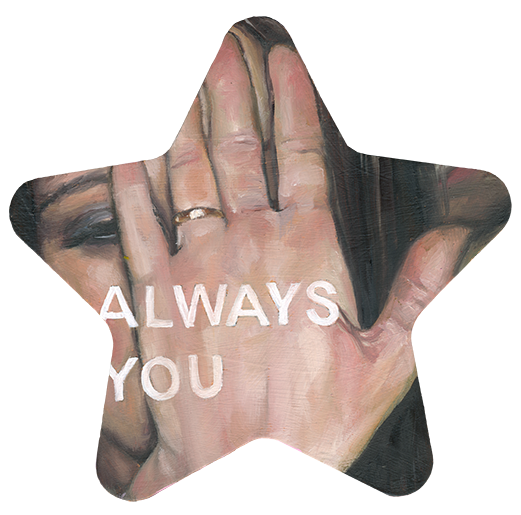
Who are some of your favorite artists?
What was the last exhibition or show you saw that stuck out to you?
In late 2023, I saw an installation at the Bolivar Gallery (the university gallery of my alma mater) by Laurie Hogin (and curated by Katherine Gemperline) called GirlzRoom. It was this room painted Pepto Bismol pink that was set up like a bedroom, but it had all of these strange, beautiful details. Hogin is most known for her brightly-colored but Neoclassical-esque paintings of neon animals. So the walls were lined with these paintings. But there was also a bed with a bedspread that was designed by Hogin that had like these angry-looking rabbits gnashing their teeth. The bedside table had a small swampy, polluted landscape inside the ajar drawer. There was a toy train underneath the bed that was hauling mud. The chair in the corner was covered in sculpted eyes. Neon pink mushrooms grew from the walls. It was like this little bedroom wonderland. It was the kind of show that made my heart race while I was standing in the space, because it just felt like there were so many wonderful things to look at and take in. I felt like I could have spent a long time in that room and still not absorbed every detail.
Any recent, upcoming or current projects you are working on?
I have some really fun/interesting group and two person shows coming up that I’m very excited about. But I’m not sure I can divulge any details yet… Just know it will be so cool.
Interview conducted and edited by Ellie Schrader. Images courtesy of Claire Thompson.
